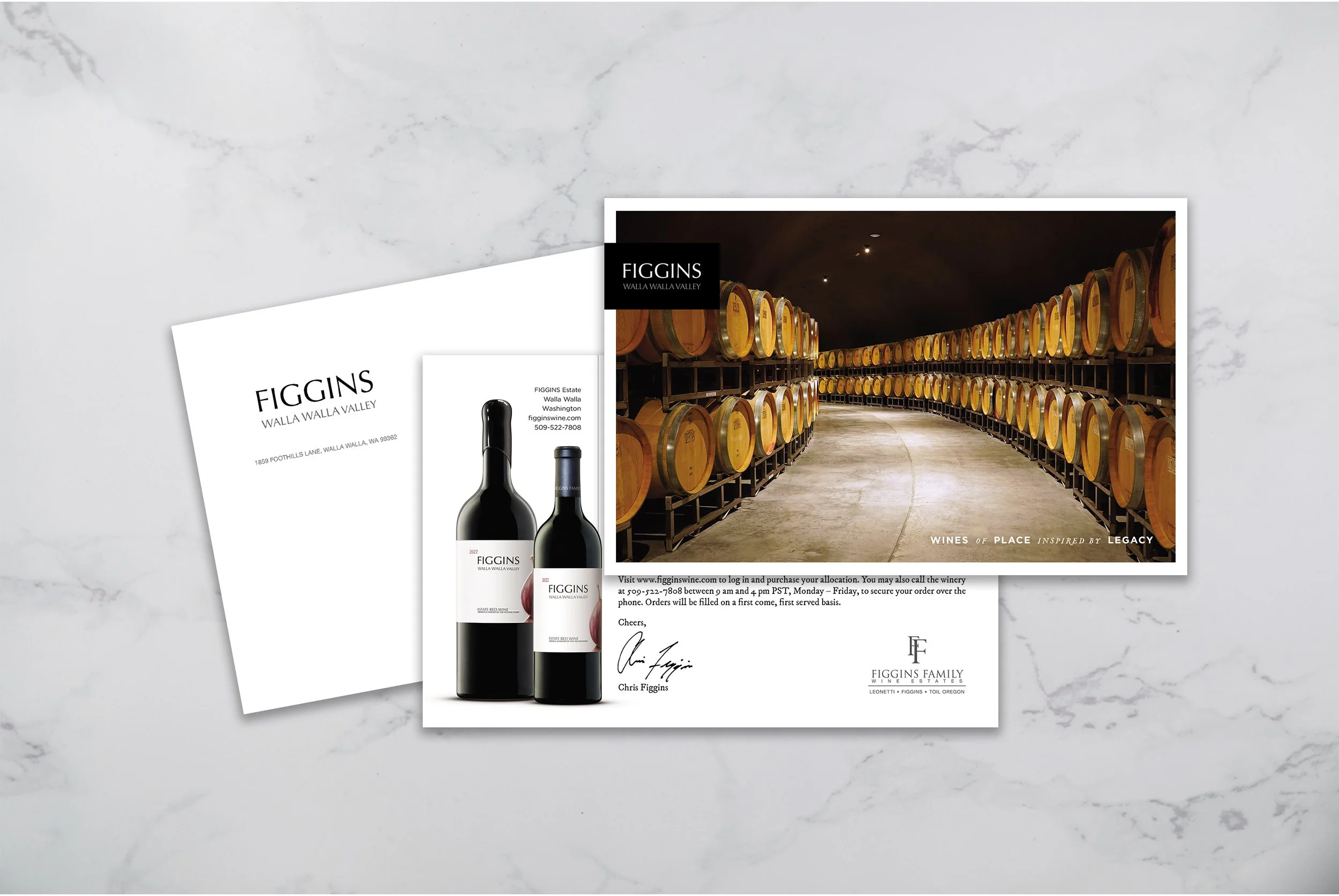Sometimes the smartest move isn’t another email subject line or boosted post—it’s showing up in someone’s actual mailbox. Direct mail has a kind of presence digital can’t replicated: it interrupts the scroll, cuts through the noise, and lingers on a counter or desk in a way a digital ad never will. When used with intention, it’s less about old-school tactics and more about tactile strategy.
From Clutter to Clicks: How to Build Your Online Product Catalog by Thinking Like a Buyer
An online catalog can either be a brand’s best sales engine—or its fastest way to overwhelm a visitor. The difference is in design and discipline. A great catalog doesn’t just “list products”; it curates them, guides discovery, and makes exploration effortless. If you’re loading dozens (or hundreds) of items, the key is thinking like a shopper, not just a seller as you build your website.
Are You Showing Up as the Professional You Are?
Big Impact, Small Budget: 30 Low-cost Post Ideas for Healthcare Social Media
Let’s be honest: running a hospital or clinic is resource-intensive. Marketing dollars can feel scarce, and social media often gets squeezed. But here’s the good news—you don’t need a blockbuster budget to create a social media presence that feels professional, engaging, and trustworthy. What you do need is consistency, creativity, and a clear sense of what matters most to your community.
75% of People Judge Your Business by Its Website—Here's Why Design Matters
You only have a few seconds to make a good impression online.
That’s why good, intuitive design is so vital. Humans see thousands of images every day, so you have to give them reason to pay attention to yours. Not only is it about creating a visually arresting look, but good design engages the human brain on a subconscious level.
Want To Up Your Credibility and Impact?
IS FEAR KEEPING YOU FROM GETTING A NEW WEBSITE? TRY THIS.
6 Easy Ways to Immediately Elevate Your Public Speaking
How To Help Your Team Communicate Better
Before & After: A Bold New Look for Our Client’s Website
Why Campaign Landing Pages are the Best Practice
CMBell Clients Win Two Hermes Creative Awards
Is Digital Adversiting or SEO More Important for Growing my Business?
What Makes a Great Image? It's Not Just One Thing.
How Your Brand Visuals Impact Your Viewer's Brain
A brand is so much more than a logo, name, or visual identity—its what people think about your business, product, or individual. It encompasses every experience, interaction, and message that shapes how someone feels about your brand.
Brands are built one impression at a time and in ways that most people aren’t even aware of.
Use Our Logo Checklist to Avoid Common Logo Missteps
A new logo can become a memorable, recognized symbol that represents and elevates your brand.
But some logos end up creating negative issues for their brand. They can inadvertently become controversial, be difficult to use, or even convey an undesirable image.
That’s why it’s so important to prevent those problems during the development stage. Here’s a checklist to help you think through all of the possibilities and challenges a new logo can bring.




















